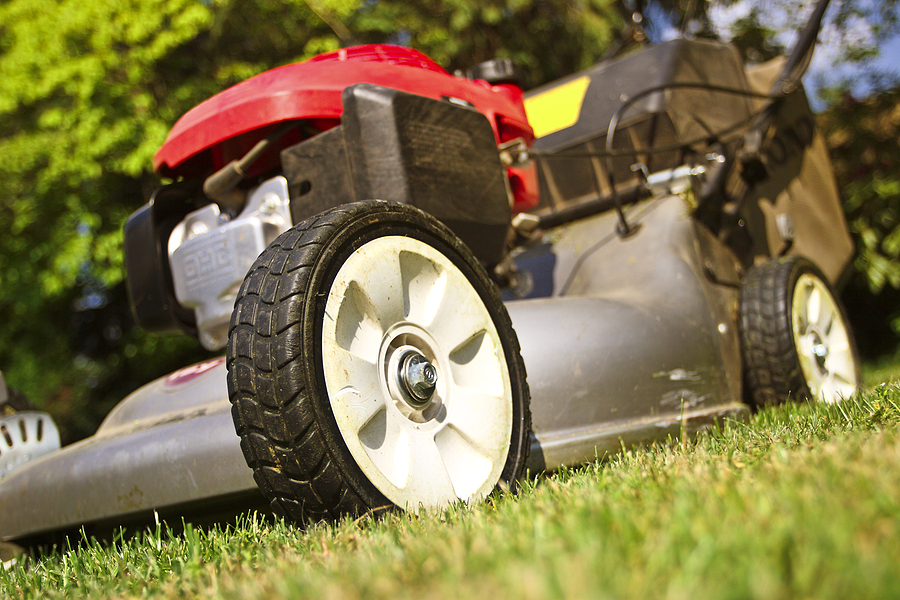Nuisance wildlife is a challenge many homeowners across the country face, especially in areas with diverse ecosystems like the heartlands of Tennessee. Unwanted animals such as raccoons, opossums, and deer can wreak havoc on yards and gardens, disturbing the natural balance you work so hard to maintain. Understanding their behavior and implementing effective yard maintenance and control strategies are key to safeguarding your outdoor space. In this comprehensive guide, we’ll explore practical tips for animal-proofing your yard, ensuring that you can enjoy the beauty of nature without unwanted guests causing trouble.

Understanding Nuisance Wildlife in Tennessee
Common Nuisance Animals
Tennessee’s rich flora and varied landscapes attract a wide range of wildlife. Unfortunately, some of these animals, like skunks and squirrels, can become pesky nuisances in residential areas. Understanding the habits and preferences of these critters is the first step in deterring them from your yard.
Behaviors and Risks
Nuisance animals aren’t just unwelcome; they can be destructive and pose health risks. Raccoons, for example, are known to knock over trash cans, and their scavenging can spread disease. Opossums may uproot garden plants and even enter homes in search of food. Learning to recognize signs of their presence and understanding the potential hazards can inform your approach to yard maintenance and wildlife control.
Fundamental Yard Maintenance Tips
Proper yard maintenance plays a crucial role in deterring nuisance wildlife. By creating an environment that is less inviting to these animals, you can significantly reduce their presence.
Lawn Care
Maintaining a well-groomed lawn not only enhances the aesthetic appeal of your property but also minimizes hiding spots for wildlife. Regular mowing keeps the grass at a length that’s less desirable for animals seeking cover.
Tree and Shrub Trimming
Overhanging branches can provide access to your roof or deck, which might be an entry point for animals like squirrels. They can also serve as bridges for animals to access your property from neighboring trees or structures. Trimming back branches keeps these routes inaccessible.
Pest Control Measures
Insects and rodents are attractive food sources for larger wildlife. By keeping pest populations in check with traps or natural predators like birds of prey, you remove a significant draw for nuisance animals.
Garbage Management
Properly securing trash bins and keeping waste covered minimizes the odors and accessible food sources that attract wildlife. For particularly persistent pests, consider investing in animal-proof garbage storage.
Safe and Humane Wildlife Control Tips
When simple maintenance isn’t enough, it may be necessary to implement specific wildlife control measures to protect your yard and home.
Secure Fencing and Gates
Installing a sturdy fence with no gaps at the bottom and using locks on gates is an effective way to keep out larger animals. Be sure any fencing material is appropriate for the types of animals common in your area.
Wildlife-Repelling Plants
Some plants naturally deter wildlife due to their strong scents or tastes. Consider adding species like marigolds, lavender, or daffodils to your garden beds to keep certain animals at bay.
Proper Waste Management
Separating compost and using enclosed bins help to prevent odors that attract wildlife. Additionally, being mindful of what is composted can reduce the risk of unwanted animal visitors.
Pet-Friendly Deterrents
If you have pets, make sure you’re not using repellents that could be harmful to them. Scents like ammonia and predator urine can be effective deterrents and are safe for your furry friends.
Non-Toxic Animal Repellents
For a natural approach to animal-proofing, explore non-toxic repellents like capsaicin-based sprays or granules. These products leverage strong scents or tastes to discourage wildlife from entering your yard.
When to Seek Out Professional Wildlife Control
Sometimes, despite your best efforts, wildlife issues can escalate beyond what DIY or preventive measures can handle. Knowing when to call professionals is essential. Licensed wildlife control experts have the knowledge and tools to deal with nuisance animals safely and effectively. They can also offer valuable advice on long-term animal-proofing solutions.
Conclusion
Maintaining an animal-proof yard is an ongoing process that requires a combination of foresight, regular maintenance, and, at times, the help of professionals. By implementing the tips outlined in this guide, you’re not only protecting your property but also the wildlife that surrounds it. Be vigilant, and take pride in knowing that your yard is a sanctuary for you, your family, and the wildlife that belongs there. After all, a harmonious coexistence between humans and nature is the ultimate goal.
Are you looking for a trusted Nashville animal removal service that can help you get rid of nuisance critters at an affordable price? Contact Smoky Wildlife Control at 615-610-0962 for TWRA licensed and insured animal removal and control services in Nashville, Tennessee and beyond. We also work with many other types of wildlife and serve both residential and commercial clients.
Related Posts:
Exploring the Role of Synanthropes in Urban Areas
FAQS About Animal Damages and Clean Up
Why You Should Not Feed the Wild Animals Around Your House
